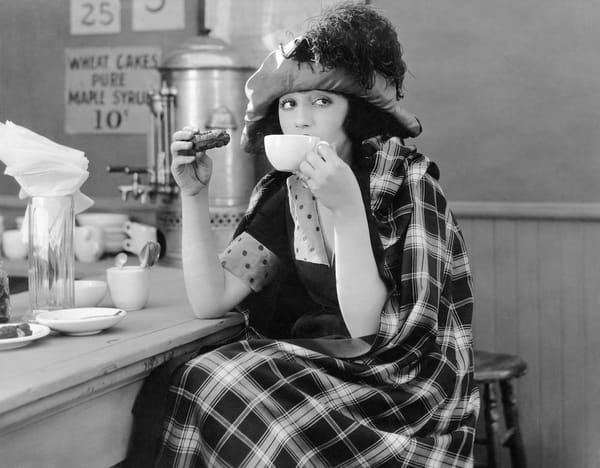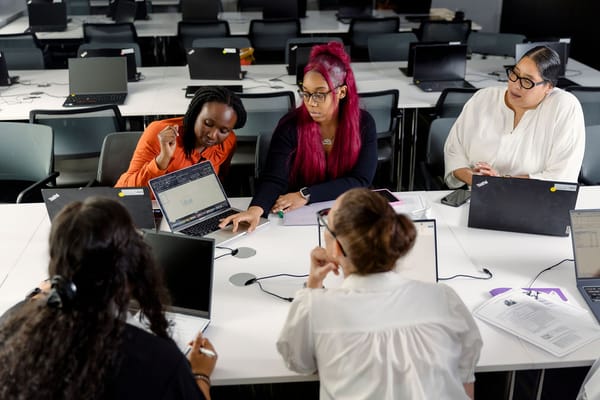The Life and Untimely Death of One of America's First Feminists
There’s no way of knowing what Margaret Fuller might have achieved if she hadn’t died in the summer of 1850.
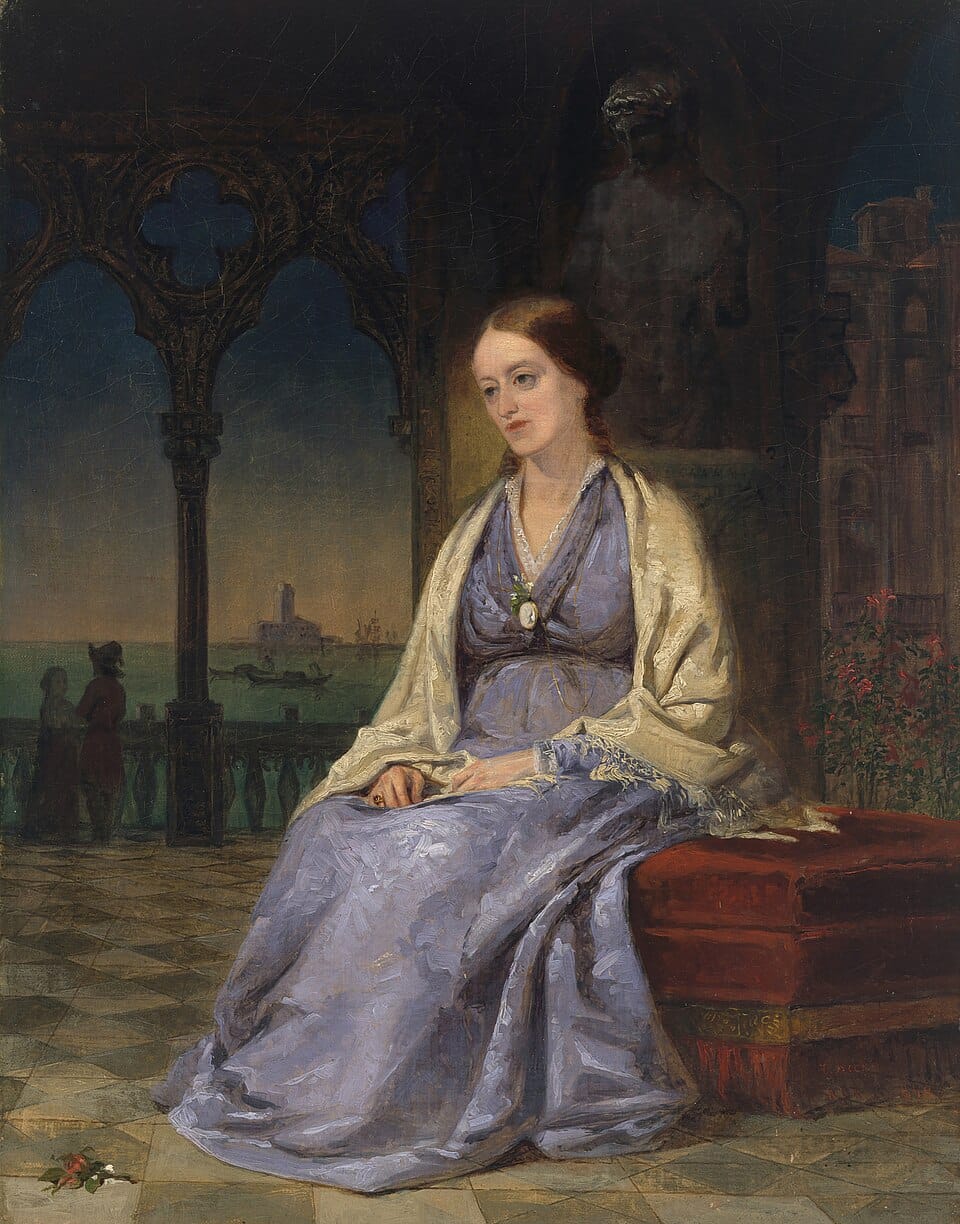
On July 19, 1850—almost exactly 175 years ago—one of America’s greatest intellectuals was swept into the tempestuous Atlantic Ocean never to be seen again.
At just 40 years old, Margaret Fuller was a woman who had already changed America and had ambitious plans to change it even more. But a shipwreck that led to her untimely demise put a stop to all that, likely hindering progress for the countless women (and men) who stood to benefit from her activism and advocacy.
Margaret was one of America’s founding mothers of feminism; one of the first to dare to suggest—and to prove—publicly that women are just as capable and qualified as men to do whatever they want with their lives. She was a journalist, an editor, and a women's education advocate. She was the first woman permitted to use the library at Harvard College, though she wasn’t enrolled (women weren’t admitted until more than a century later). She was the first female foreign correspondent for any American newspaper—The New-York Tribune.
There’s no way of knowing what Margaret might have achieved if she hadn’t died that day. But what is known is how remarkable her life was until that point
But as water sloshed aboard the sinking merchant ship on that fateful day, and as Margaret stood on the deck—reportedly clutching the small body of her young son to her chest—in the final seconds before a herculean wave capsized the vessel, it became clear that one of the most ardent and vocal champions of gender equality was about to perish, a tragic loss for an entire nation still at the whim of patriarchal norms and values.
There’s no way of knowing what Margaret might have achieved if she hadn’t died that day. But what is known is how remarkable her life was until that point. And, like the lives of so many other extraordinary women, it’s barely remembered at all, lost to the tides of history.
‘Bright and Ugly’
Sarah Margaret Fuller was born on May 23, 1810, in Cambridgeport, Mass., to Margaret Crane Fuller and Timothy Fuller. Her father was an esteemed lawyer and state senator, who was acutely aware of the gendered norms that held girls back. He was intent on his daughter being an anomaly: Education, he insisted, was an excellent place to start.
Margaret—who dropped her given first name around the age of 9—studied at home under her father’s tutelage before attending school in the town of Groton. As a young woman, she became well-acquainted with the classical works. She read widely, especially books published by European authors and philosophers. She also came to master several languages, including Greek and Latin.
Margaret was in her 20s when Timothy Fuller died. Shortly thereafter, she started teaching at Boston’s Temple School, run by Bronson Alcott, the father of one Louisa May Alcott. Later, Margaret spent two years teaching in Providence, R.I.
The teaching work was rewarding, but life without her father caused Margaret not just sadness, but deep frustration. She mourned the man who was determined for his daughter not to be encumbered by gendered mores; and she was frustrated that his death exposed the deep sexism that still pervaded society. Margaret’s uncles were given control of Timothy Fuller’s property and finances, leaving her, her many siblings and her mother dependent on them. She hated this. “I have often had reason to regret being of the softer sex, and never more than now,” she wrote. “If I were an eldest son, I could be guardian to my brothers and sister, administer the estate, and really become the head of my family.”
On a personal level her looks also made her insecure. According to several sources, she suffered from a curvature of the spine. She slouched. She also squinted and her face was frequently red and blotchy on account of what could have been acne or rosacea. She was self-conscious about her appearance, so resigned herself early on “to be bright and ugly.”
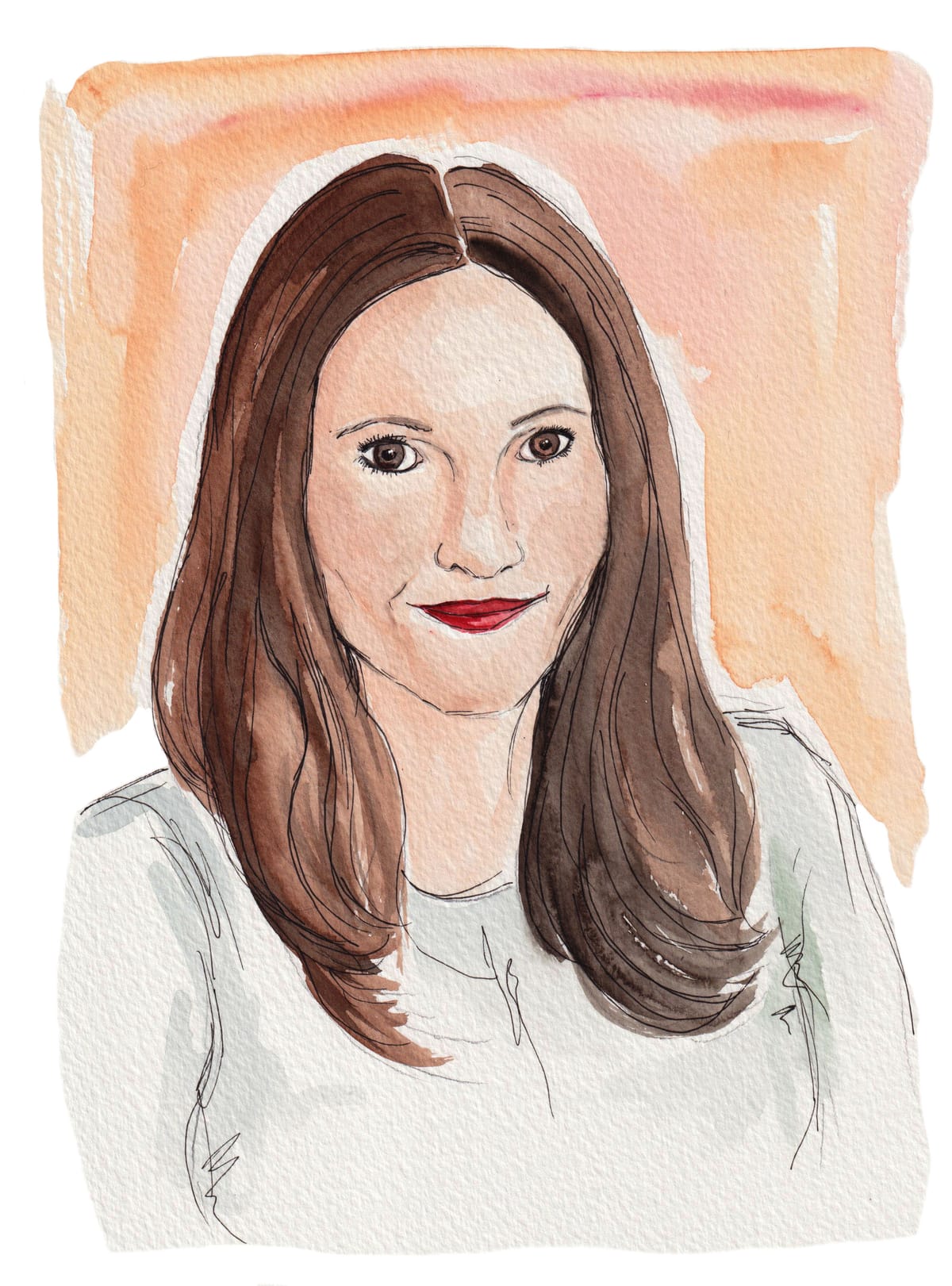
A Harvard First
Margaret read and studied tirelessly, especially the German romantics. When she translated a work by Johann Wolfgang von Goethe, it caught the attention of Ralph Waldo Emerson, one of the most influential writers and thinkers of 19th century America. The two proved to be an intellectual match and struck up a deep and enduring friendship.
Emerson was a leading figure among transcendentalists—a movement that emphasized the inherent goodness of people and of nature; that valued individual intuition and conscience over societal conformity. In time, Margaret would also become a central character in the popularization of transcendentalism.
A crucial turning point in Margaret’s life came in the fall of 1839, when Emerson offered her editorship of his transcendentalist journal, The Dial. The role raised her profile tremendously, but over the next decade, her power and influence swelled far well beyond that, too.
Her literary brilliance, intellectual acuity and her willingness to opine and lead conversation and debate at a time when society still collectively frowned on women doing so, earned her sweeping respect. Even though women in the 1840s were only just starting to be permitted to attend institutions of higher education, Margaret’s persistence and resolve led to her becoming the first woman allowed to use the library at Harvard.
In 1845, she published a book—a version of which had first been serialized in The Dial—entitled “Woman in the Nineteenth Century,” which sold through its first printing of 1,500 copies within a week. In it she argued for the intellectual, spiritual, and social equality of women. It became a foundational text for the feminist movements that would follow. Both Susan B. Anthony and Elizabeth Cady Stanton—who are credited with co-founding the women's suffrage movement—cited the book explicitly as an inspiration.
“I wish Woman to live, first for God's sake. Then she will not make an imperfect man her god, and thus sink to idolatry”
“I wish Woman to live, first for God's sake. Then she will not make an imperfect man her god, and thus sink to idolatry,” Margaret wrote in the book’s concluding section. “Then she will not take what is not fit for her from a sense of weakness and poverty. Then, if she finds what she needs in Man embodied, she will know how to love, and be worthy of being loved.”
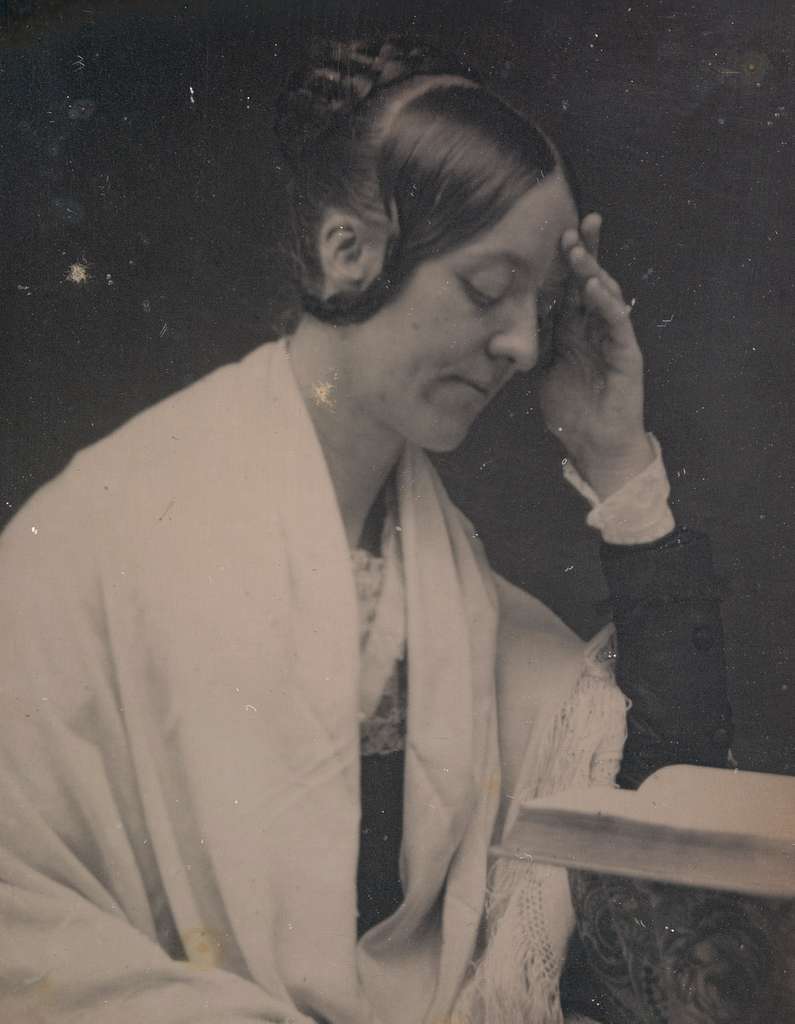
The Foundation of Something
Around the time of her book’s publication, Margaret moved to New York City, where she joined the newly-founded New-York Tribune as a literary critic.
By some accounts, she was more of a partner to—than an employee of—the editor and founder Horace Greeley. He trusted her deeply and he encouraged Margaret to follow her journalistic instincts, leading her to expose the criminal abuses that were rife in asylums and prisons. She also decried sexism and racism in her cutting editorials which she hoped would help make New York a fairer, better place.
Beyond her highly visible public roles, however, Margaret had also pioneered something else. Before leaving Massachusetts she had begun hosting what she described simply as “Conversations”—meetings of two dozen or so women at which Margaret held forth on history, politics and, of course, the subordination of women. She ardently maintained that all humans were equal but that the gendered lens through which society viewed women was tragically limiting.
Women paid Margaret a fee to attend a series of these Conversations. When those sessions drew to a close, a new cohort of women would come together for the next series. It was an intellectual forum for curious and principled women who were rarely given the opportunity to expand their minds or even to hold and express independent thoughts and ideas.
Might this have been the actual foundation of the American women’s rights movement? It was certainly the foundation of something.
A War Correspondent
At the Tribune, Margaret flourished journalistically while also becoming more politically engaged. Fuelled by that worldly curiosity that dated back to her childhood, she also couldn’t look away from what was happening beyond America’s borders.
In 1846, intrigued by the budding social unrest happening on the other side of the Atlantic, she decided to leave America and spend time in Europe—the home of so much of the lyric, literature and thought that had shaped her own thinking. Change was afoot across much of Europe. The working class in several countries was becoming increasingly frustrated with monarchies, especially in light of increased economic hardship. Industrialization had fuelled inequality. Many felt disenfranchised and repressed; they wanted a voice but felt unrepresented by the ruling class. This gave rise to liberal, socialist, and in some cases, nationalistic ideas and movements.
In August 1846, Margaret boarded a Liverpool-bound ship in Boston and, upon arrival, spent the next few months criss-crossing Europe, meeting other thinkers and philosophers, radicals and provocateurs, including the writer and woman’s rights advocate Amantine Lucile Aurore Dupin de Francueil, better known by her pen name, George Sand.
By 1848 she had settled in Italy, and all of a sudden, love arrived. Having dedicated many pen strokes to the inequitable power dynamics between women and men, including in marriage, Margaret struck up a romance with Giovanni Angelo Ossoli, an almost penniless 26-year old Italian aristocrat who spoke next to no English and was barely educated. He was 10 years her junior. It is unclear whether the pair ever formally wed, but in the fall of 1848, Margaret gave birth to a son named Angelo Eugene Philip Ossoli.
All the while, as broad revolutions swept across Europe, including Italy, which saw an attempt to create a new independent republic, Margaret continued to file dispatches to the Tribune, earning her the distinction of being America’s first ever female war correspondent. These writings were impassioned and displayed her attention to the human condition, to emotion and suffering and to the rawness of conflict. They would also be some of her last.
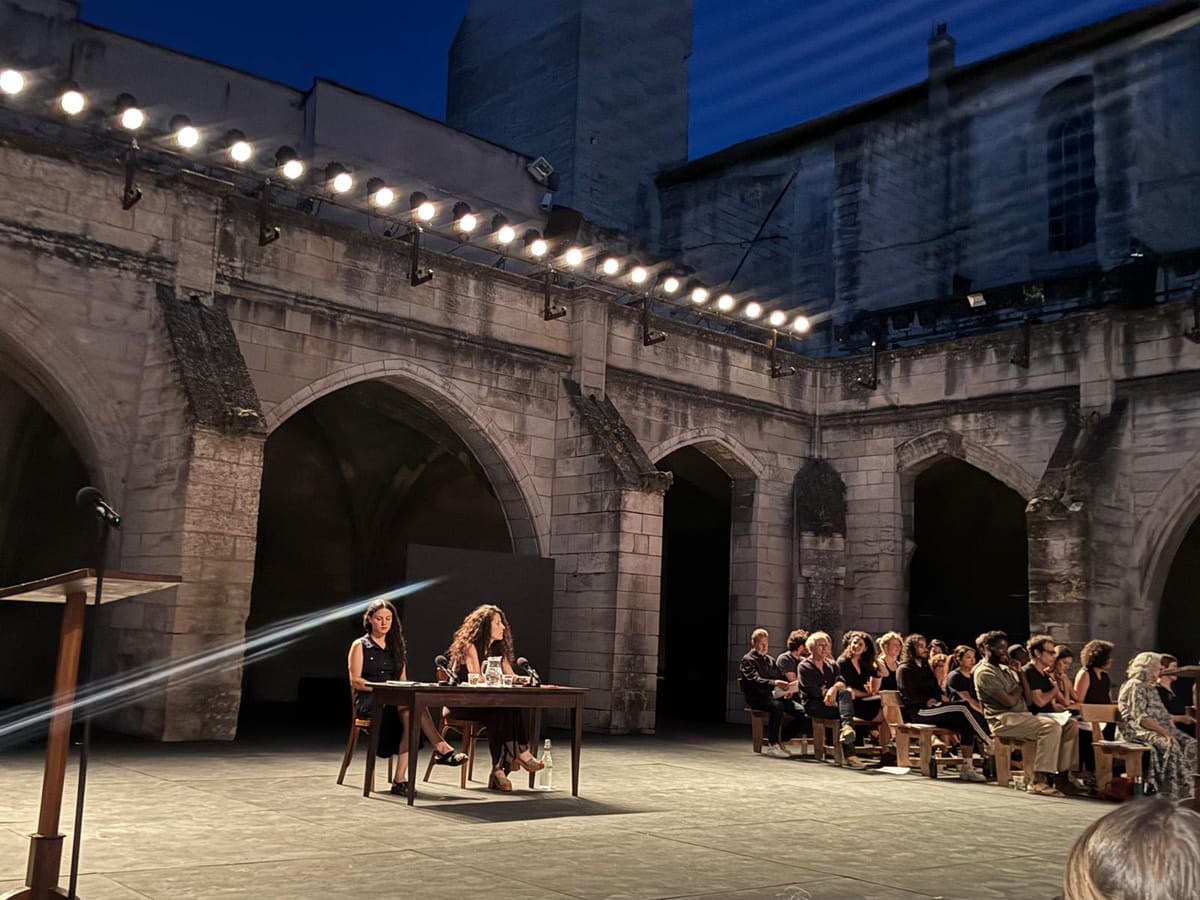
A Great Unknown
When the short-lived, independent Roman Republic was ultimately defeated, Margaret and Giovanni decided to leave Italy. Margaret wanted to return to America, even if it was unclear what Giovanni would do there. They boarded the Elizabeth in Livorno in the spring of 1850.
Weeks later, and by some accounts just a few hundred yards from Fire Island, the merchant ship ran aground on a sandbar and then—much to the horror of the crowds gathered on shore straining to make out the ship and the passengers—broke apart. Margaret, in a white nightgown, seemingly never had a chance. Her body was never found. The body of her son, then about 2 years old, was later washed ashore.
“[The Elizabeth] struck in the night, was soon a mass of drifting sticks and planks, while her passengers and part of the crew were buried in the boiling surges of the ocean,” a newspaper reported a few days later. “So perished the gifted and beloved Sarah Margaret Fuller.”
[The Elizabeth] struck in the night, was soon a mass of drifting sticks and planks, while her passengers and part of the crew were buried in the boiling surges of the ocean. So perished the gifted and beloved Sarah Margaret Fuller.
Who’s to say what would have happened if Margaret had made it safely to land. No doubt she would have set up a new life with her son and perhaps with Giovanni too. Surely she would have continued to grow the feminist movement she seeded before her departure. She may have—in fact, she most probably would have—written other formative texts. A veritable trailblazer, she may even—as an old lady—have campaigned for the passage of the 19th Amendment which granted women suffrage.
As for her son, would he have become a Harry Burn, a political champion of women’s suffrage or a pioneering journalist and activist like his mother?
Of course, that will forever be unknown. What shouldn’t remain unknown are the details we do know of Margaret’s life and name. Too many stories of great women are lost to the tides of time. Let us make sure that Margaret Fuller’s is not one of them.




